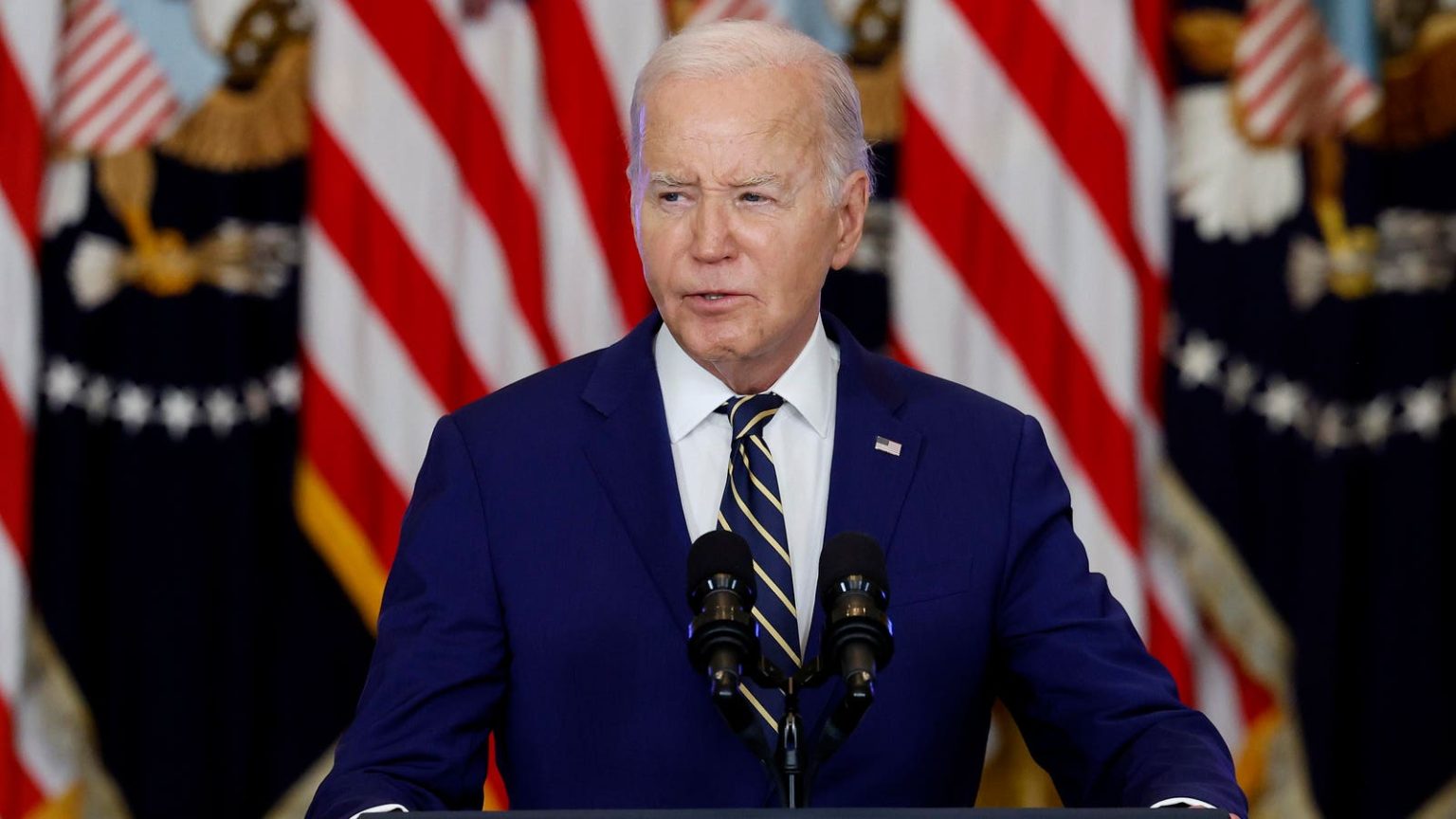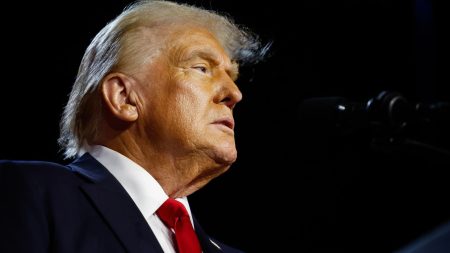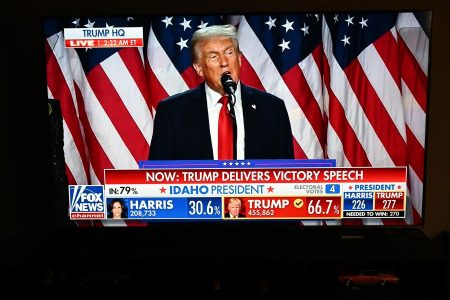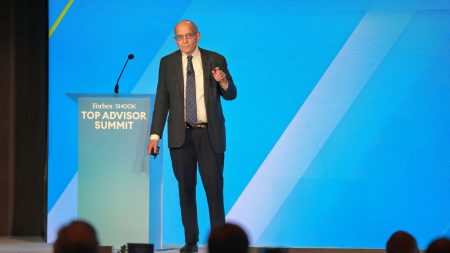President Joe Biden is set to lower student loan payments for millions of borrowers starting in July. In some cases, borrowers could see their monthly payment reduced by 50%. Others will see a smaller, but still meaningful, reduction.
The effort is part of the final stage of implementing the SAVE plan, a new income-driven repayment program that the administration debuted last fall. The Education Department has rolled out SAVE in phases. Starting last fall, borrowers could access a more generous income exemption (which effectively lowered payments for many) and an interest subsidy that waives interest accrual exceeding the minimum required monthly payment. Earlier this year, the administration enacted early student loan forgiveness under the program, where borrowers can see their debt eliminated in as little as 10 years (rather than 20 or 25). The last step is rolling out a new payment calculation formula that will adjust many borrowers’ monthly payments.
But a pending legal challenge could derail these plans, if Republican-led states have their way. Here’s what borrowers need to know.
Lower Student Loan Payments Under Biden’s New SAVE Plan
More than eight million borrowers have enrolled in SAVE, according to the Education Department. These borrowers are already benefiting from several features of the plan. These include a generous income exemption of 225% of the federal poverty limit based on a borrower’s family size — significantly higher than prior income-driven repayment plans, effectively lowering payments for many borrowers because less of their income is counted. In addition, SAVE has an interest subsidy that periodically eliminates interest that accrues in excess of the required payment; this will stop future balance increases associated with interest accrual for those whose student loan payments aren’t high enough to cover their interest.
Starting in July, however, a significant change to SAVE’s repayment formula will take effect. Currently, SAVE requires borrowers to pay 10% of their discretionary income, which is defined as the amount of their Adjusted Gross Income that exceeds the initial income exemption. Next month, the formula will change:
- Borrowers who have only undergraduate student loans will have the formula reduced to just 5% of discretionary income.
- Borrowers who have only graduate school loans will remain at 10% of discretionary income.
- Those who have a mix of graduate and undergraduate student loans will have a uniquely-tailored formula of between 5% and 10% of discretionary income depending on the weighted average of their undergraduate and graduate school debt based on the loans’ original principal balances.
This will result in reduced payments for many borrowers enrolled in SAVE. Undergraduate borrowers, who will see their student loan payments under SAVE reduced by half, stand to benefit the most. For other borrowers, it will depend on the proportion of their undergraduate to graduate school loans. For example, someone whose total federal student debt is comprised of 50% undergraduate loans and 50% graduate school loans would see a 25% reduction in their monthly payments under the new SAVE formula.
Most borrowers enrolled in SAVE should see some reduction to their payments following the changes, assuming they have at least some undergraduate student loans. “These additional benefits will likely reduce payments further and make it easier to manage repayment,” says Education Department guidance.
Faster Student Loan Forgiveness For Some Borrowers Under SAVE
In addition to lower student loan payments, SAVE also can provide for faster student loan forgiveness for certain borrowers. This provision of the program was originally supposed to go into effect this July as well, but the Biden administration accelerated the implementation of this benefit in January.
SAVE typically allows for student loan forgiveness after 20 or 25 years in repayment. Borrowers with only undergraduate student loans would be on a 20-year term, while borrowers who have graduate school debt would be on a 25-year term. This is similar to other IDR plans.
But SAVE provides for an accelerated student loan forgiveness timeline for borrowers who took on a relatively small amount of student debt. “You might be eligible for forgiveness of your loans after as few as 10 years of monthly payments, rather than 20 or 25 years,” says Education Department guidance. “Your eligibility for this shortened repayment term depends on how much you borrowed to attend school.”
Borrowers who originally took out $12,000 or less in federal student loan debt would get loan forgiveness in as little as 10 years. The repayment term increases by one year for every additional $1,000 borrowed, until the borrower eventually reaches the typical 20- or 25-year term. The Biden administration has approved $5.5 billion in student loan forgiveness for 414,000 borrowers under SAVE since January, according to data released by the Education Department last month.
Lawsuit Could Derail Student Loan Forgiveness And Repayment Benefits Of SAVE
But two pending legal challenges brought by 18 Republican-led states could derail the SAVE plan and the associated student loan forgiveness and repayment benefits. The states are seeking to block and overturn the program, arguing that the Biden administration exceeded its authority allowed by Congress in establishing such a generous program.
As an initial step, the states filed a motion for a preliminary injunction. If granted, the injunction would block the program’s benefits. A federal judge in Missouri held a key hearing on Monday to consider the injunction request. The states, led by Missouri, argued that they would face imminent financial harm if the administration is allowed to proceed in implementing SAVE. Attorneys for the Biden administration argued that any harm the states would incur is speculative at best, and that Congress expressly authorized the creation of income-driven repayment plans more than 30 years ago.
Missouri’s attorneys suggested during the hearing that if the court were to allow a preliminary injunction, borrowers currently enrolled in the program (and those who already received student loan forgiveness) would not be kicked out of SAVE, at least for now. But no new borrowers would be able to enroll while the litigation continues. It is unclear if a preliminary injunction would block the lower monthly payments the administration plans on enacting this July — but that is very possible. It will ultimately depend on how the judge crafts such an order.
The court is expected to issue a ruling before the end of the month.
Read the full article here










